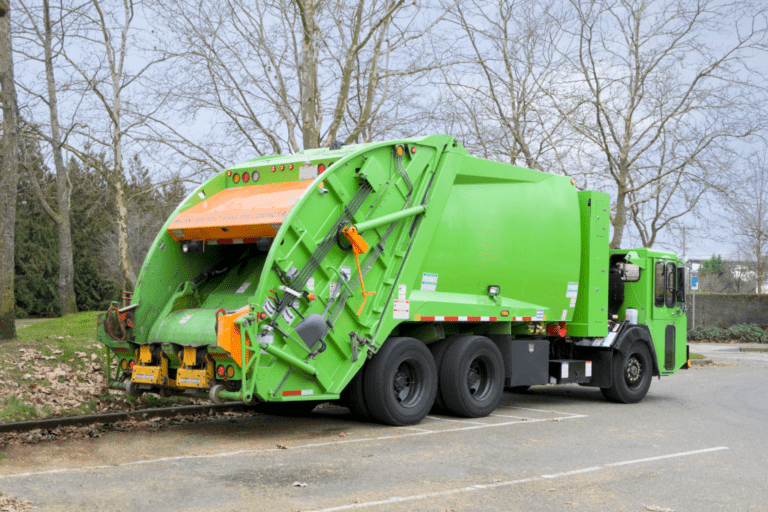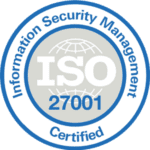In driving school, we are all taught that we are supposed to perform some basic checks before getting into our vehicles. In their day-to-day lives, nobody follows this advice. In a commercial setting, failure to prioritize pre-trip inspections is an easily avoidable and potentially costly mistake. One that the decision-makers over a fleet should take proactive steps to ensure is not made.
In this post, we’ll take a look at some of the reasons, both practical and legal, that a pre-trip inspection should be a focus of your fleet. We’ll then go over what constitutes a thorough inspection so that you’ll be able to help ensure the safety of your drivers and of the people who share the road with them.
A Look at Vehicle Safety Stats
Faulty equipment can be deadly. In New York, a horrible crash killed 20 people because a limousine filled with passengers did not have properly maintained brakes. This accident, and many like it, are preventable by putting in place basic safety precautions that every commercial vehicle operator should be taking. Indeed, had there been a proper pre-trip performed on the vehicle, that accident likely would not have happened.
That crash is far from an isolated incident, the NHTSA estimates that 45,000 vehicle crashes a year are caused by vehicle malfunctions. Although it cannot be assumed that every one of those could be prevented by proper inspections, the percentage is likely high and the costs of not performing the inspections even higher. Inspections are a minimal hassle when the alternative is potentially taking someone’s life.
In 2012, an average of 92 people per day were killed in automotive accidents. Again, most of those are not from faulty equipment, but many are, and every step should be taken by responsible companies to avoid having one of their drivers add to that already staggering figure. In fact, there are some regulations in place to make sure that those steps are taken.
FMCSA Regulations
Section §396.11 of 49 Code of Federal Regulations (CFR) requires that drivers prepare a report in writing at the end of their shift regarding the condition of the vehicle. The code provides a list of items that must be inspected. Any defect in the listed parts must be notated in the report. Further, the motor carrier is responsible for making repairs on any items listed in the report that can result in unsafe conditions for the vehicle. This is true even of remote fleets where the vehicle does not return to a home base at the end of the day.
The code states that drivers must perform inspections not only on the vehicle that they are driving but also on any intermodal equipment that they take control of. It is not sufficient for a driver to assume that the previous operator of that equipment performed a thorough check. Any defects found in the items covered by the code must be reported to the provider of the intermodal equipment so that they can have it repaired.
Though the requirement is for a post-trip report, the pre-trip report plays a very important role in the safety procedure as it allows the driver to check for and confirm any repairs that were deemed necessary on the post-trip report. It also allows them to check for any other problems that may have been missed or may have occurred after the vehicle was last inspected. Finally, the pre-trip inspection instills in the driver the urgency of safety precautions.
This combination of a post-trip inspection to alert the motor carrier or intermodal equipment provider to needed repairs, and a pre-trip inspection to ensure that those repairs have been made allow everyone involved in the operation of the motor vehicle to have some peace of mind knowing that all of the possible safety precautions have been taken.
Best Practices

Now that you know the importance of pre-trip inspections, it is time to start looking at the best way to put these important safety precautions into effect at your company. The first thing that you should do, in order to ensure that your drivers treat the inspections with the seriousness that they deserve, is to foster a culture of safety. This doesn’t just include pre-trip inspections. Drivers should be made aware of how to stay safe on the road at all times and the company’s drive to focus on safety should be engrained in both the actions and attitudes of management.
For inspection specific actions, a pre-trip and post-trip inspection should be a mandatory part of your driver training and a requirement for them to be allowed on the road at the start of each shift. There should be some form of a checklist for the driver to go over that, at a minimum, contains all of the items required by the FMCSA. This checklist can be a paper document that they fill out or a digital form. The important part is that there are processes in place to make sure the driver has checked everything that is required and that those checks are documented and attested to. If any of your drivers will be working with intermodal equipment, then these requirements should extend to that equipment.
Conclusion
Pre and post-trip driver vehicle inspection reports are vital to the safety of your drivers as well as the drivers and pedestrians that they will encounter while on the job. Whip Around Software offers a fully digital DVIR platform that will result in drivers who are more engaged with the process and less likely to make errors. Its real-time aspect will allow them to feel as though their concerns about the safety of the vehicles they are assigned matters as well as allow you to more effectively track the reports that are made about the safety conditions of your vehicles.
If you are thinking of making the switch to electronic DVIRs in order to foster a greater culture of safety in your organization, sign up for a free Whip Around trial today!









